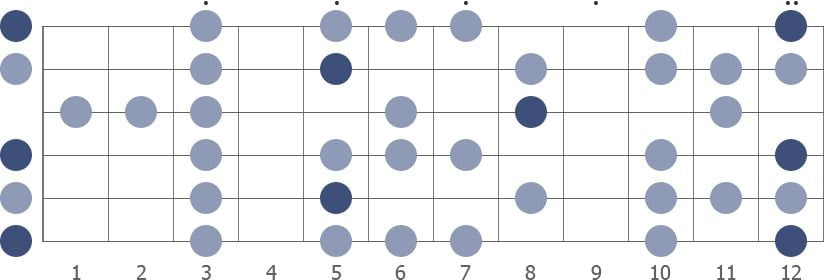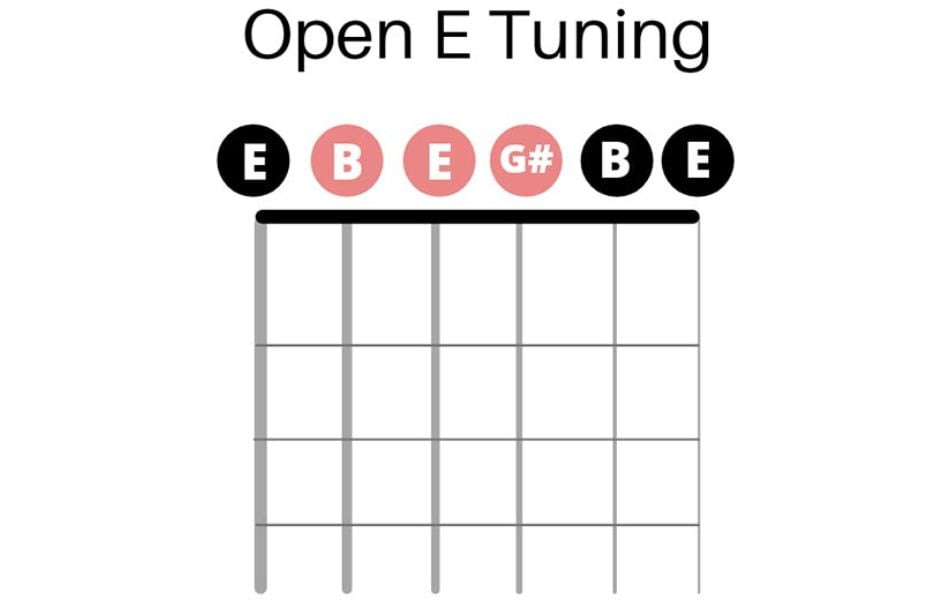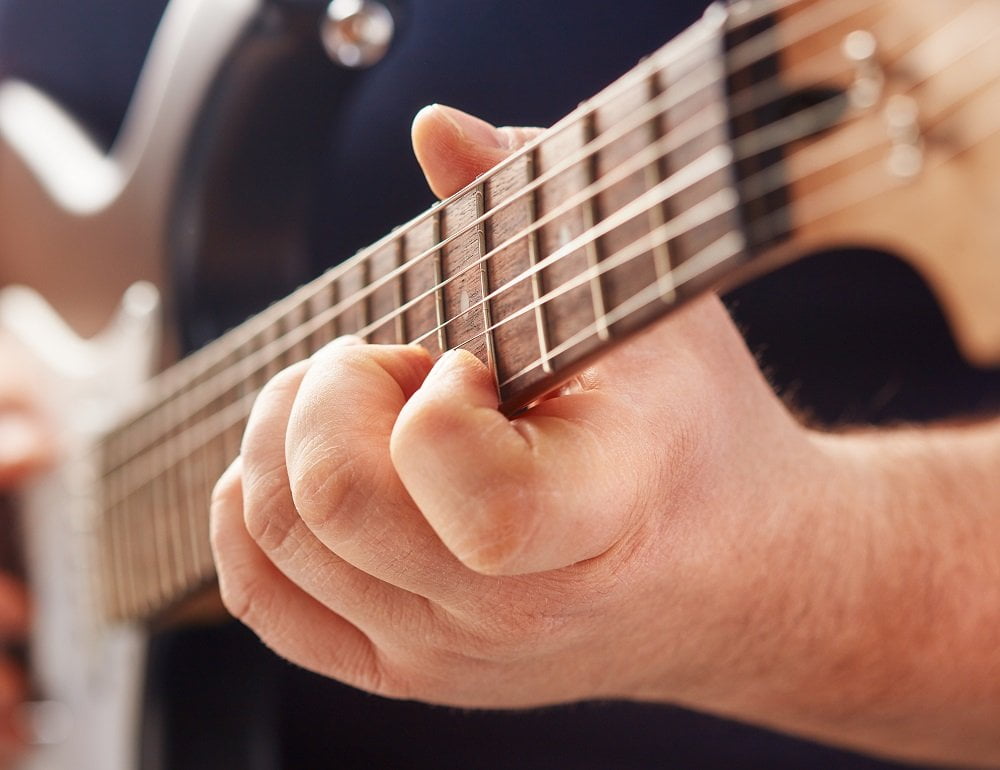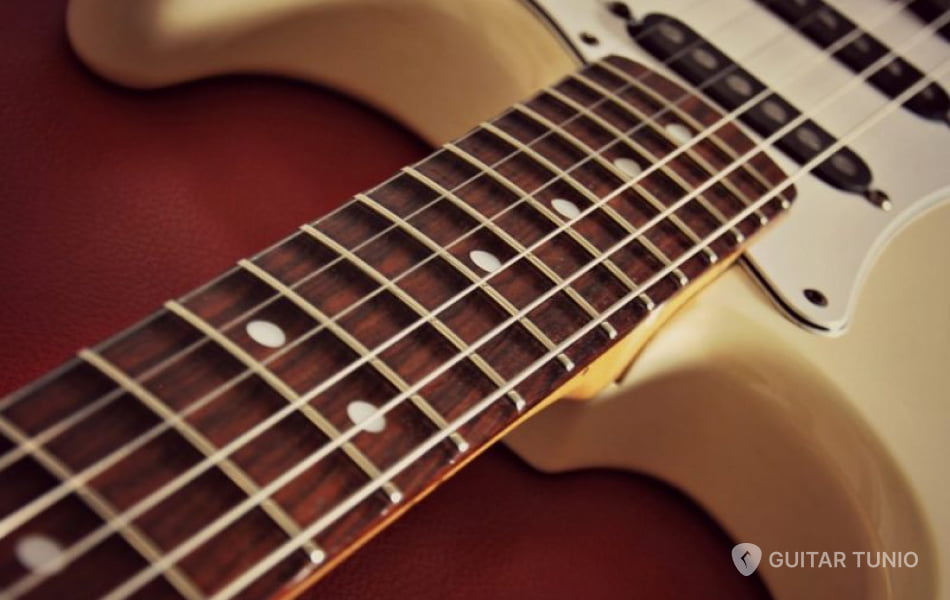Open E Scale On Guitar: How to tune for beginners
Learning to play guitar can be a rewarding journey, and one of the exciting aspects is exploring different tunings and scales. The Open E scale, a versatile and captivating tuning that offers unique opportunities for musical expression. Let's begin by exploring the fundamentals and tuning process.
What is open E scale guitar?
The open E scale on the guitar refers to a specific way of playing the E major scale using open strings. In music, a scale is a series of notes played in ascending or descending order, following a specific pattern of intervals. The E major scale consists of the following notes: E, F#, G#, A, B, C#, and D#.
To play the scale open E on the guitar, you use the open strings and fretted notes on the neck to produce the E major scale. Here's how you can play the open E major scale:
- Open 6th string (E) - Played without pressing any frets.
- 2nd fret on the 6th string (F#).
- 4th fret on the 6th string (G#).
- Open 5th string (A) - Played without pressing any frets.
- 2nd fret on the 5th string (B).
- 4th fret on the 5th string (C#).
- 1st fret on the 4th string (D#).
By picking or strumming these strings in sequence, from the 6th string to the 4th string, you will play the notes of the E major scale in an "open" position. You can continue the scale up the fretboard if you wish, using the same pattern of intervals to play higher notes.

The way of open E tuning
To play the open E scale, you must know how to tune the guitar in open E tuning. Unlike standard tuning, where the strings are tuned E-A-D-G-B-E, in Open E tuning, the strings are tuned to E-B-E-G#-B-E. This tuning creates a rich and resonant sound, making it popular in various music genres, including blues, rock, and slide guitar playing.
To achieve the Open E tuning on your guitar, follow these steps:
- Start by loosening all the strings on your guitar. You can do this by turning the tuning pegs counterclockwise until the tension is released.
- Once the strings are sufficiently loose, tune the 6th string (the thickest string) and 4th string down to E. You can fret the 5th string on the 5th fret to produce the same pitch as the open 4th string (E)
- Move on to the 5th string and tune it down to B. The 3rd string needs to be tuned down to G#. You can fret the 4th string on the 4th fret to match the pitch of the open 3rd string (G#).
- For the 2nd string, simply tune it back to B, either by using a tuner or matching it with the 5th string (B). Finally, tune the 1st string down to E. You can use the open 6th string (E) as a reference point.
Please note that this content refers to the process of tuning a guitar to open E minor tuning, which can be considered a variation of open E tuning. The steps described help achieve the desired tuning (EBEGBE), and then it explains how to raise the 3rd string from G to G# to obtain open E major tuning (E-G#-B-E-G#-B-E).

Basic open E scale - open E major scale
Note in open E major scale
E major scale and the C# minor scale share the same notes and that C# minor is the relative minor of E major, we need to compare the notes in both scales.
E major scale: E - F# - G# - A - B - C# - D# - E
C# minor scale: C# - D# - E - F# - G# - A - B - C#
As you can see, both scales have the same set of notes: E, F#, G#, A, B, C#, and D#. The only difference is the starting point or tonic note.
In music theory, the relative minor of a major scale is the scale that shares the same key signature and starts on the sixth degree of the major scale. In this case, E major is the major scale, and C# minor is the relative minor because it starts on the sixth degree (C#) of the E major scale.
Open E scale in open major position
To play the E major scale in the open position, you can follow a practical finger placement technique. Use your index finger to press down notes on the first fret, your middle finger for notes on the second fret, and your pinky for notes on the fourth fret.
Interestingly, you won't need to use your ring finger in this position since there are no notes on the third fret within the E major scale. Instead, utilizing your pinky to play notes on the fourth fret proves to be more convenient. That avoids the strain of stretching your ring finger unnecessarily.
This fingering approach allows for smoother transitions and improved agility when navigating through the scale. Beginners find it particularly helpful as it enhances finger coordination and fosters a more comfortable playing experience.

In conclusion. don't hesitate to give it a try and let the Open E scale inspire your musical journey. The more you play and experiment with this scale, the more you'll discover its versatility and potential for creativity.








